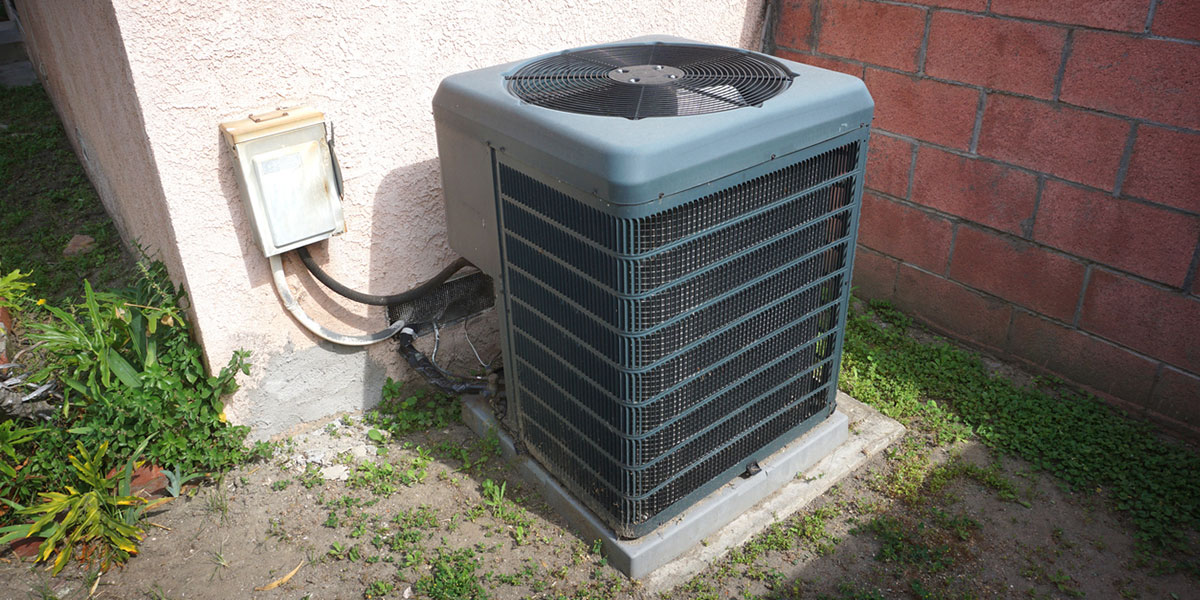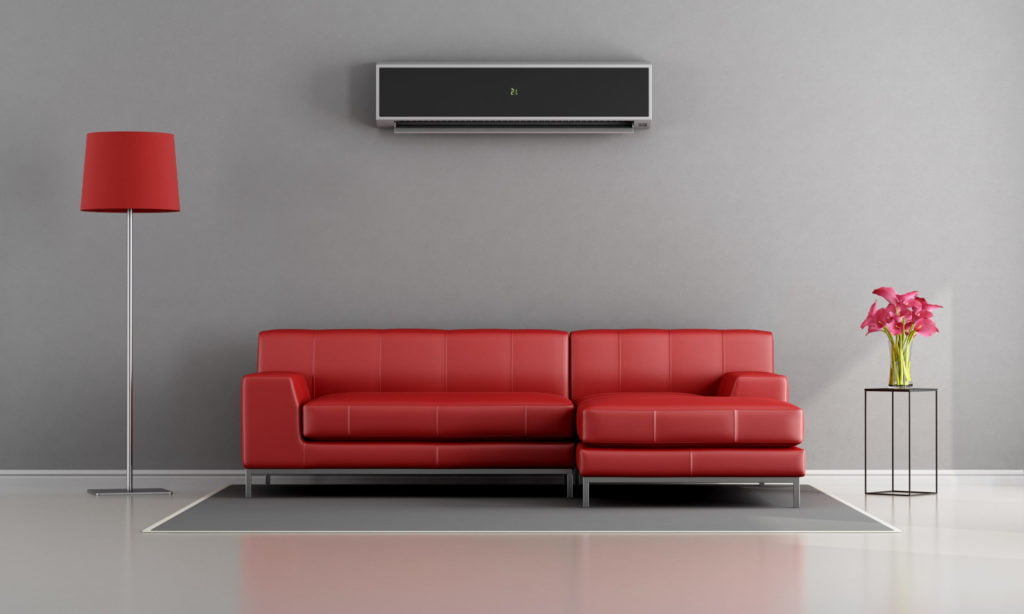If you are considering a new air conditioning system for your home, you’ve probably come across several energy-rating acronyms in your search for new equipment. From SEER to EER, there are numbers, statistics, and percentages pasted on the side of every appliance. The U.S. Department of Energy requires that all new appliances display energy ratings and annual cost projections on a big yellow sticker. However, equipment manufacturers don’t make it super easy to understand and interpret those facts and numbers. The acronyms you see on those stickers relate to the air conditioner’s energy efficiency.
The numbers and percentages are important for comparing the efficiency of the annual operating costs of various models. Since many experts agree that your HVAC system is responsible for as much as 50 percent of your total annual energy bills, it is important to understand those numbers. Before you purchase a major energy-consuming machine like a home air conditioning unit, you’ll want to be aware of what you are getting and what it might cost you in the long run. Let’s take a look at energy efficiency ratings for air conditioners.
Seasonal Energy Efficiency Ratio (SEER)

The seasonal energy efficiency ratio is one of the numbers you will see posted on the side of any appliance. SEER measures the air conditioner’s energy efficiency based on seasonal averages as opposed to controlled laboratory conditions. The SEER is the ratio of cooling output in British Thermal Units (BTU) divided by the electricity usage in kilowatt-hours. This number will give you a fairly good idea of how the unit will perform over the year through the varying seasonal conditions. Units with a higher SEER rating are projected to be more energy efficient.
Some of the most energy-efficient units on the market today have a SEER rating between 20 and 28. The U.S. Department of Energy mandates that all AC units in the Northern United States have a minimum rating of 13. Air conditioners in warmer southern states are required to have a SEER rating of 14 or higher. Minimum SEER ratings are expected to rise in 2023. While units with higher SEER ratings are usually more expensive, the U.S. Environmental Protection Agency suggests that every dollar spent on efficiency can produce a double or triple return on your investment. Air conditioning units that are older than 10 years old usually have a SEER rating of 5 to 10. A newer unit with a rating of 16 costs half as much to operate as a unit with a rating of 8.
Energy Efficiency Ratio (EER)

When looking for a new AC unit, you will notice another number related to energy efficiency. The energy efficiency ratio is also a measurement of the air conditioner’s cooling output. Similar to the SEER, the EER measures the BTUs divided by the electricity usage in kilowatt-hours. However, unlike the SEER, the EER rating is created under specific laboratory-created conditions that simulate the peak load during the highest temperatures of the season. Like the SEER rating, the higher the EER rating, the more energy-efficient the unit is.
Units with an EER rating between 11.6 and 16.2 are more efficient when the summer heat is hottest. For an air conditioner to earn ENERGY STAR status, it has to have an EER of at least 12. When you compare SEER and EER, think of the numbers like the miles-per-gallon stats for your car. The SEER rating is like city driving, and the EER would be the highway-driving MPG.
Energy efficiency is important to understand when you are looking to upgrade your AC unit. Given that the average unit can last around 20 years, you will be paying the operating costs for a long time. It is important to understand both the SEER and the EER to know exactly how your unit is going to perform.





